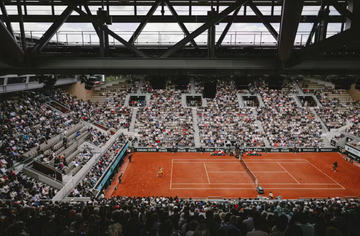
For professional tennis players who play regularly and compete at a high level, it is recommended to change shoes more frequently, typically every 2-3 months or even more often, depending on the intensity of their training and competition schedule. Professional players put their shoes through rigorous use, with constant sliding, pivoting, and abrupt stops, which can quickly wear out the outsole, cushioning, and support features of the shoes.
Recreational players who play a few times a week or less may not need to change their tennis shoes as frequently as professional players. However, it is still important to monitor the condition of the shoes and replace them when they show signs of excessive wear, such as worn-out outsoles, flattened cushioning, or a deteriorating upper.
The type of court surface also affects the wear and tear of tennis shoes. Hard court surfaces, such as concrete or asphalt, can be particularly harsh on tennis shoes and cause them to wear out more quickly compared to clay or grass courts. Sliding on hard court surfaces can also cause excessive wear on the outsole, which may require more frequent shoe replacements.
Personal preferences also play a role in how often a tennis player changes their shoes. Some players may prefer a certain level of cushioning or support in their shoes and may choose to replace them when these features start to degrade, even if the shoes do not show visible signs of wear.
In conclusion, the frequency with which a tennis player should change their shoes depends on various factors, including their level of play, frequency of play, court surface, and personal preferences. Monitoring the condition of the shoes and replacing them when they show signs of significant wear is essential for maintaining optimal performance and reducing the risk of injuries on the tennis court. Consulting with a sports specialist or a coach can also provide valuable guidance on when to change tennis shoes based on individual needs and preferences.




